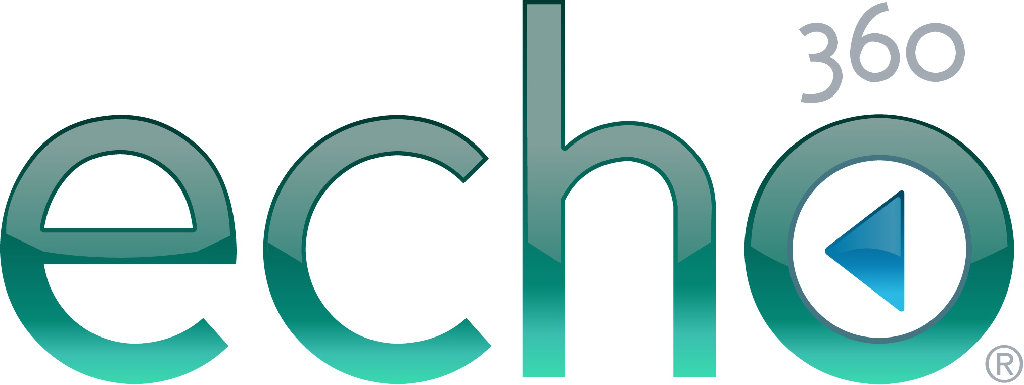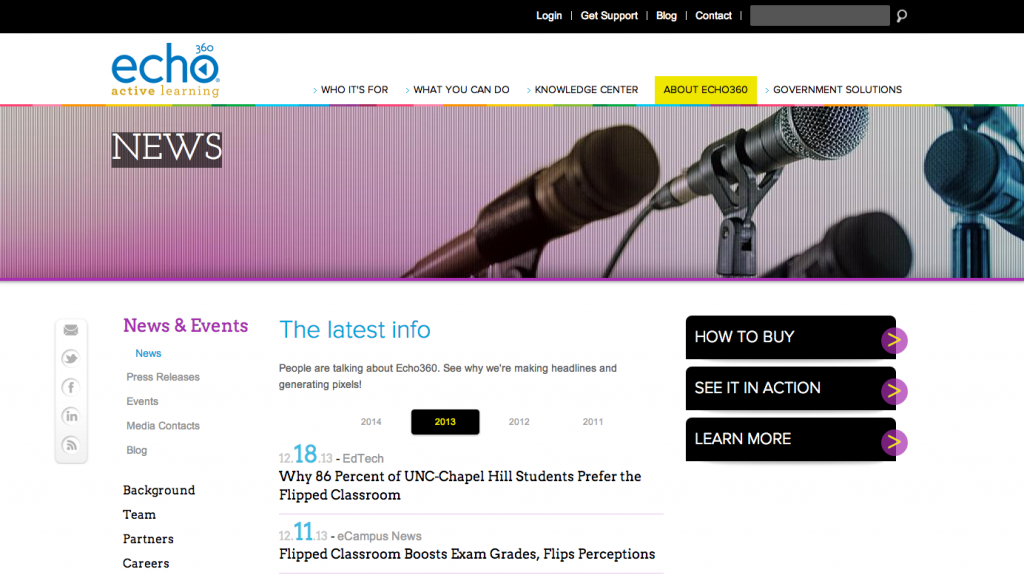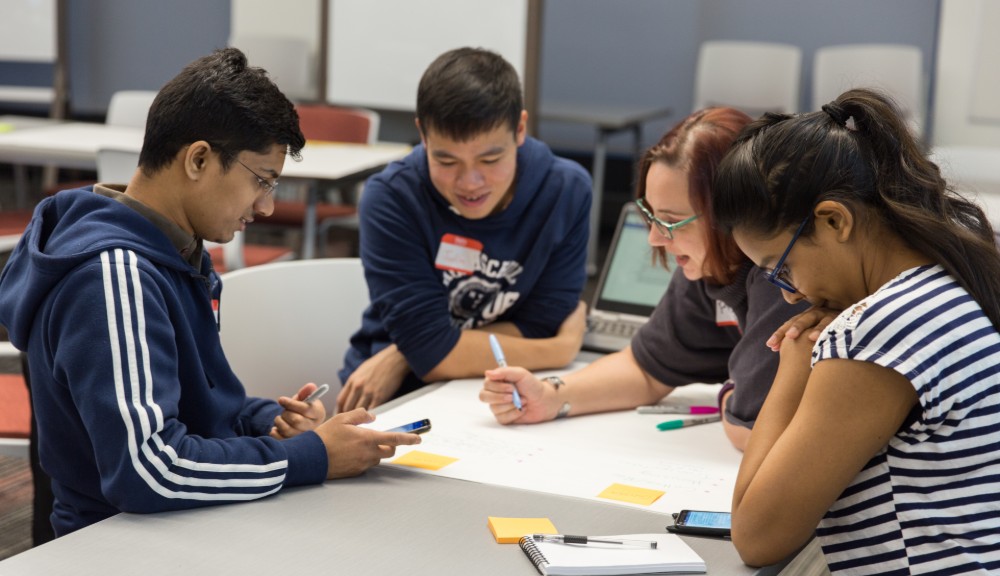
With WPI’s use of lecture capture technology, the 24-hour university isn’t just a futuristic vision. The technology, an ECHO360 product, makes lecture and presentation video and audio recordings available to students when and where they need it, even offering closed captioning if needed.
Kate Beverage, assistant director of the Academic Technology Center, and Aaron Ferguson, director of the Office of Accessibility Services, presented the benefits of the technology at the national EduCause Conference in October and are finding the benefits even greater than expected.
Lauding the universal design of the product, Ferguson says it benefits all students, whether they need the technology to help their own learning style or they need it to keep current while away for a family emergency.
Students use lecture capture in all kinds of ways. They might want to hear the lecture again and refresh their notes before an exam or maybe they didn’t understand one part of a fast-moving class. Students can listen to a 15-minute section of class or the whole class, and it can be slowed down for more precise understanding. “It lets students develop note-taking at their own pace,” says Ferguson.
With 20 out of 48 classrooms equipped for lecture capture, professors are already finding innovative ways of using it, as well. Faculty are recording homework helpers independent of lectures, says Beverage, and even giving more individualized writing feedback that is more complete than penned notations. “It’s not just a recording of a lecture anymore,” she says. “It’s so much more.”

The technology encourages autonomy, allowing students access without a requested accommodation, like a paid note-taker, for instance. “This meets them where they are,” says Laura Rosen, assistant director of the Office of Accessibility Services. “It’s not just during our office hours or when a tutor is available.”
Founded in 2007, Echo360 provides professors the ability to “capture” their lectures so students can go back and access the material from a mobile device or computer. With 24/7 access, they can also learn outside the lecture hall at times that work best for their lives and their learning styles.
Traditionally, the technology is especially useful for students who have impairments in hearing or vision, but it works for all students who want to adapt their own abilities and learning styles in the way they need it most.
Jill Rulfs, biology and biotechnology associate professor, says lecture capture is as simple as remembering to turn on the equipment. “The biggest benefit to me is allowing students access to the actual class even if they cannot attend,” she says. “In a seven-week term where classes meet most, if not every, day, probably every student will miss class on occasion.”
Despite some voiced concern that the technology will lead to a greater number of skipped classes, lecture capture doesn’t allow the essential interaction of a classroom. “Since it only captures the audio from the microphone, it isn’t great for class discussions,” says Rulfs.
But even students who don’t have those physical challenges, might still not learn best in a traditional lecture environment. For those students, lecture capture capabilities can mean the difference between understanding the material or not. Students whose first language isn’t English might also find the ability to slow a class down helpful.
And then there’s the day-to-day ease of use for a student who misses class, is ill, or even spent a few important minutes daydreaming. Lecture capture takes the hassle out of deciphering a classmate’s notes and interpretations of a lecture. It also takes some pressure off students who know they can go back to a lecture if they are struggling with understanding the material or taking notes.
As easy as lecture capture is for students to access, it provides a great benefit to faculty, who can reach all students without having to learn several different techniques or methods of doing so. If professors make lecture capture available, that is all they have to do.



